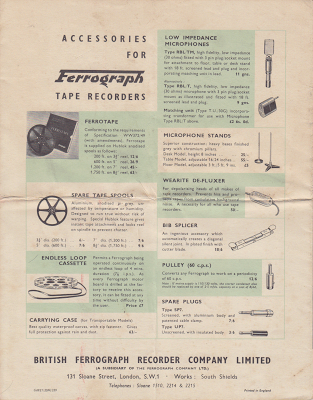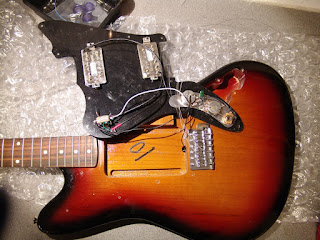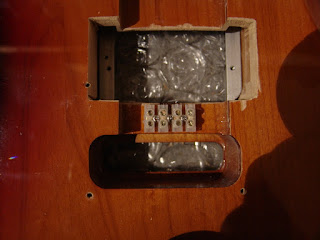 |
| Ward Beck M480 preamp modules |
I recently acquired this pair of Ward Beck M480 input modules. Ward Beck Systems, or WBS, have a great reputation, and so I am very keen to get these racked up as microphone preamps. The modules have four switchable inputs, and a parametric EQ section too.
I have not yet found a copy of the M480 manual, but the Ward Beck Preservation Society have the manual for the later variant, M480C. The pin assignments look the same although the later 'C' revision has some additional features such as a switchable phantom.
The modules are very neat and clean inside, and use 44 pole PCB edge connectors. Luckily I had three gold plated connectors in the parts bin. These were salvaged from some scientific equipment that I pulled from a skip. It pays to recycle... and never throw anything away!
Although the modules are in great shape inside, the front panels and knobs are very dirty from years of sticky fingers. Naughty engineers!
The collet knobs can be removed by popping off the coloured caps, and then loosening the central locking nut. Then the black control panel can be prised away from its glue. In both cases they are destined for a long zap in the ultrasonic bath, which will clean them up nicely.
 |
| WBS M480 stripped down for racking |
The modules will be mounted in a standard 19 inch rackmount case, and the construction makes this very simple. The existing aluminium front plates can be used as templates to drill the holes in the new front panel, and the black screen printed control panels can be mounted over these. Then it just needs a ±24V power supply and we will be ready to go.
Part 2 to follow soon, when the new case arrives

















